An Introduction To 10 Classic French Pastries 🍰
🔊 For pronunciation, click on the French word you would like to hear and it will lead you to a website where you can find several recordings of the word 🔊
With boulangeries (bakeries) on every French street corner, filled with an abundance of delicious treats, it can be really interesting for any French-learner with a sweet tooth to dive into the rabbit-hole of French pastries!
You might have already heard about them or even tried them, but do you know what they are called in French? Or how they are pronounced by French native speakers? This is what we are going to learn in this article along with some other related vocabulary.
But first, what is the word for "pastry" in French?
It can actually be translated in two different ways: les viennoiseries and les pâtisseries. Those two words refer to two different things.
Les viennoiseries are flaky pastries, similar to bread but sweet, and are usually enjoyed for breakfast. They are called viennoiseries because this pastry style originate from Vienna, Austria, and the most iconic example, is le croissant.
Les pâtisseries are better described as petits gâteaux (little cakes).
I. Les viennoiseries
- Le pain au chocolat or la chocolatine
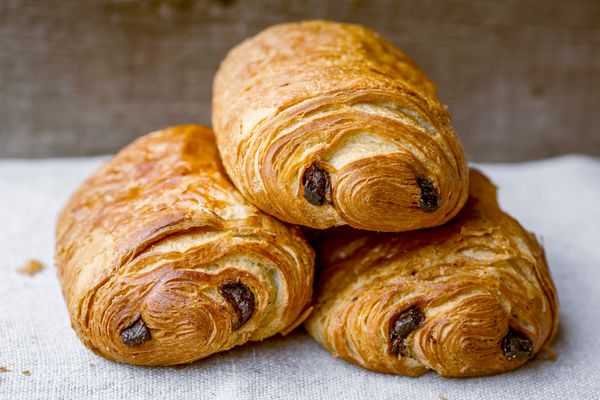
Probably just as well-known as le croissant. But a lesser known fact about this pastry : in France, it can be called le pain au chocolat or la chocolatine (yes, the gender is different depending on which name you use 😂). The name chocolatine is used in the south of France, whereas pain au chocolat is mainly used in the north.
- Le pain aux raisins
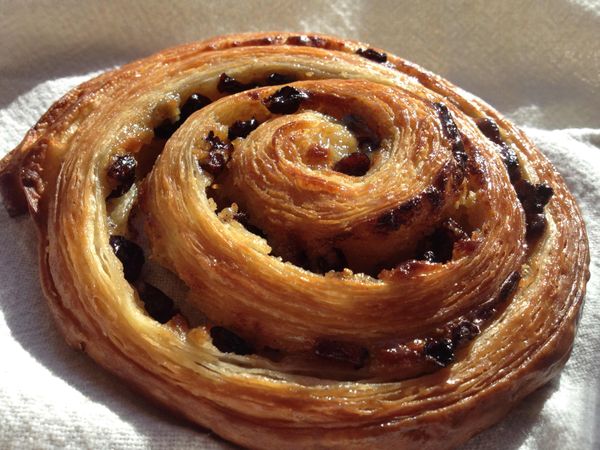
Spirale-shaped pastry filled with raisins secs (raisins) and crème patissière (pastry cream).
- Le chausson aux pommes
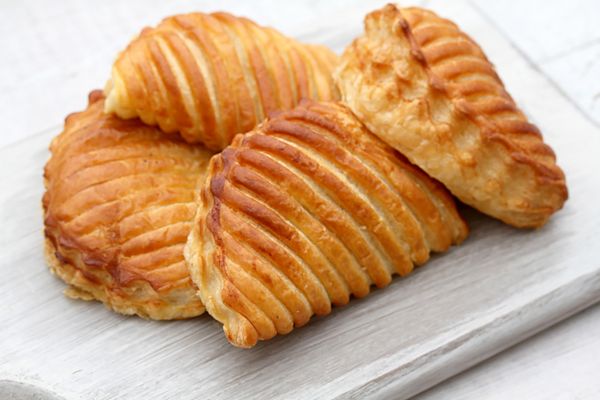
Pastry filled with compote de pommes (apple purée), usually served warm.
- Le pain viennois au chocolat

Long-shaped brioche with pépites de chocolat (chocolate chips). Also known as la viennoise au chocolat or even la baguette viennoise.
II. Les pâtisseries
- La tarte Tatin
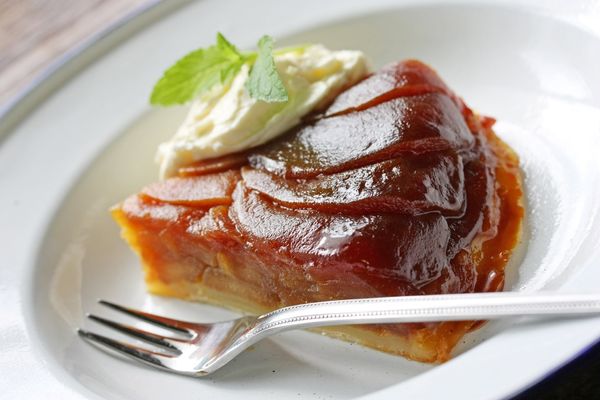
La tarte means "pie" and Tatin is the name of the person who supposedly invited this dessert.
Also known as "upside-down apple pie": the apples are placed at the bottom of the pan and cooked with the pie crust on top, then the whole pie is flipped when served.
- La tartelette
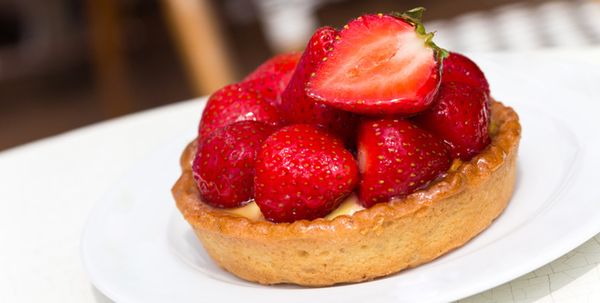
The word tartelette comes from the word la tarte (pie) and basically means "little pie". Most common variations are:
- la tartelette aux fraises (strawberry)
- la tartelette aux framboises (raspberry)
- la tartelette aux myrtilles (blueberry)
- L'éclair
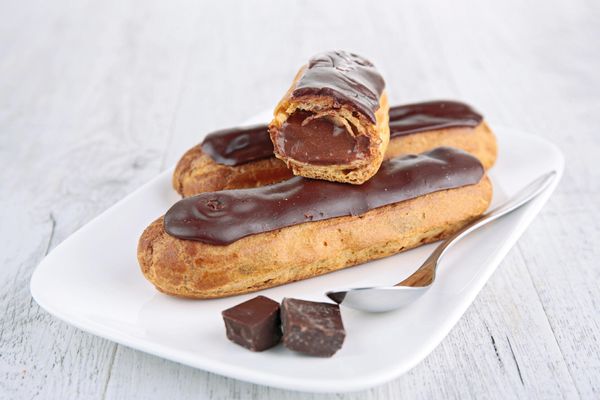
Long-shaped pâte à choux (puff pastry) filled with crème patissière (pastry cream).
Most common variations are:
- l'éclair au café (coffee)
- l'éclair au chocolat
- l'éclair au caramel
- Le Paris-Brest
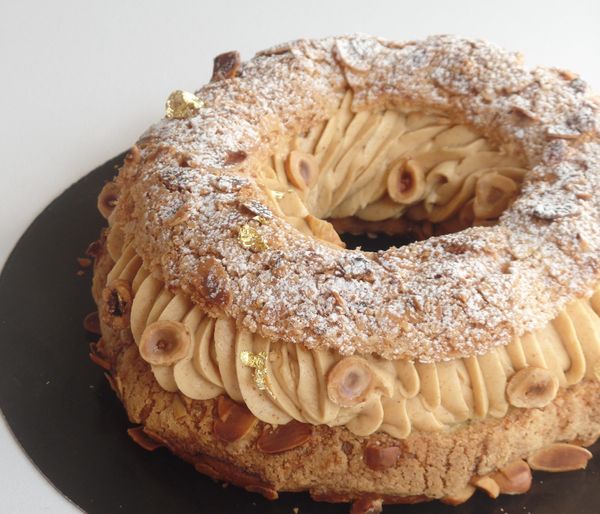
Donut-shaped pâte à choux sliced in half and filled with crème pralinée (praline cream).
- Le Millefeuille
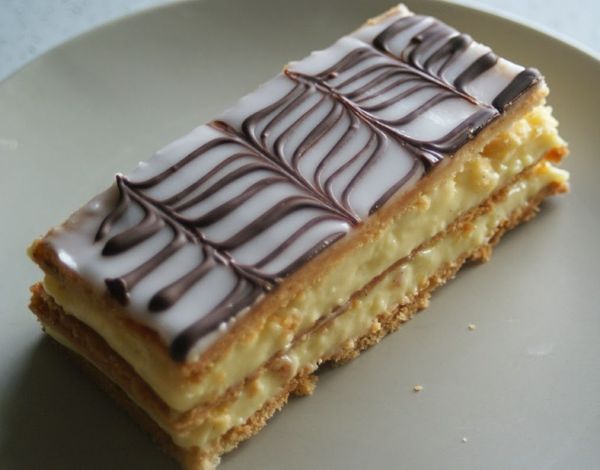
Layers of razor-thin pâte à choux with crème patissière, topped with glaçage (icing)
- La religieuse
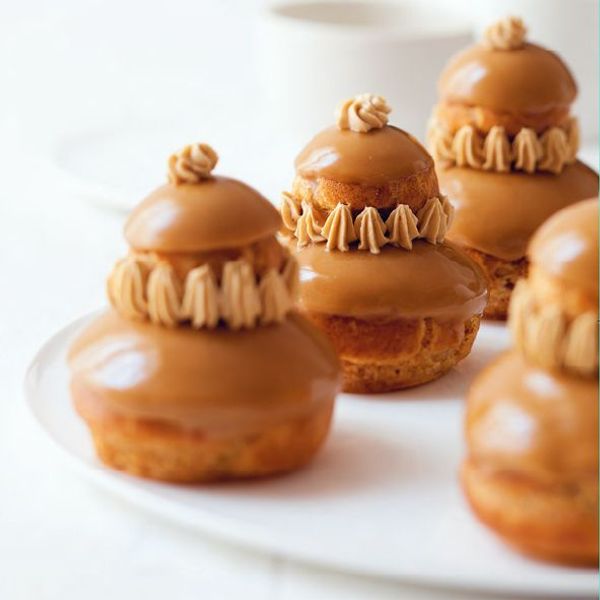
Made out of two choux (puffs), filled with crème patissière and topped with glaçage (icing). Most common variations are:
- la religieuse au chocolat
- la religieuse au café
So here you go everyone: a little introduction to French pastries! I don't know about you, but while writing this article, it was really hard for me not to rush to the first bakery and get my hands on a little chausson aux pommes or tarte Tatin (my favortites ❤️ ).
What about you guys: did you know any of these? Did you know how they were pronounced in French?
Let me know in the comment section about your thoughts on this article and even other subjects you would find interesting!
A bientôt 😄
November 21, 2019





